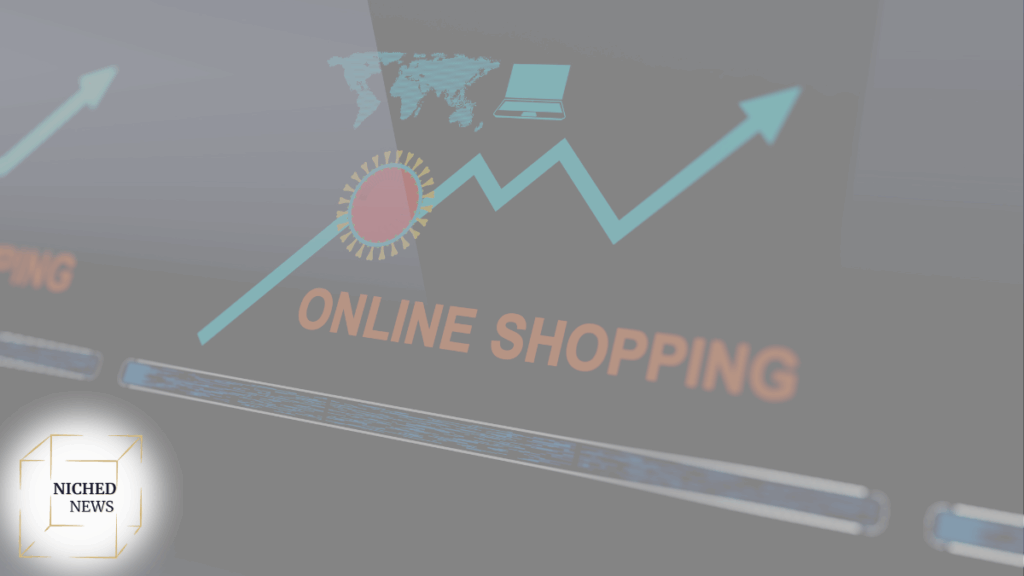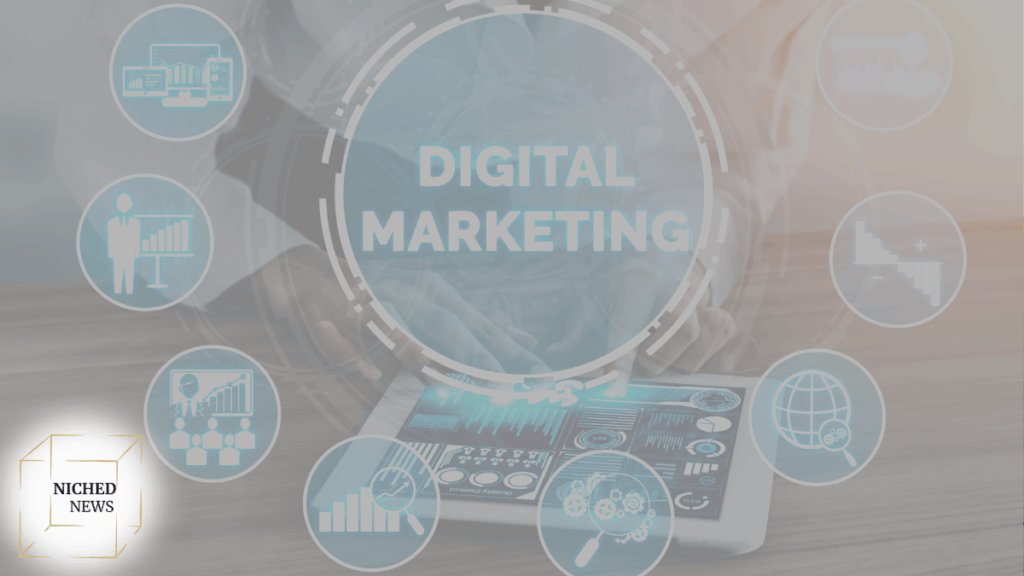Niched Summary
The buyer’s journey is more dynamic than ever in 2025, requiring businesses to connect with potential customers across multiple touchpoints.
Why it matters:
Brands that map content and strategy to each stage of the journey will build stronger trust, shorten sales cycles, and improve conversions.
It’s Not a Funnel—It’s a Conversation
Once upon a time, the buyer’s journey was simple. People saw an ad, visited a store or website, and made a decision. These days? It’s more like a winding path with dozens of digital detours. And if you want your business to grow, you need to show up along that path with clarity, consistency, and care.
The buyer’s journey is the process people go through as they become aware of a problem, consider their options, and make a purchase. But in 2025, it’s less about pushing people down a funnel and more about helping them feel seen at each step of their decision-making process.
Let’s break it down in a way that makes sense—and gives you practical ways to connect.
Stage 1: Awareness
“I think I have a problem… but I’m not sure what to call it.”
This is where it all begins. Your potential customer is feeling frustrated, curious, or stuck. They’re not ready to buy—they’re still trying to understand what’s going on. Maybe their business growth has stalled, their sleep quality has tanked, or they can’t get a handle on their finances. Whatever it is, they’re searching for answers.
What they need from you:
-
Empathy
-
Clarity
-
Educational content that names the problem and introduces new perspectives
What to offer:
-
Blog posts and videos that speak to symptoms, not solutions
-
Social content that sparks curiosity and offers value
-
Lead magnets like guides or checklists that help them self-assess
Your job here isn’t to sell. It’s to help them make sense of what they’re feeling—and show that you understand.
Stage 2: Consideration
“Okay, I know what I’m dealing with. Now what?”
At this point, your audience has named the problem and is actively exploring how to solve it. They’re comparing options, gathering ideas, and weighing pros and cons. This is where they start looking at brands, services, tools, and approaches more seriously.
What they need from you:
-
Guidance
-
Transparency
-
Real answers, not sales pitches
What to offer:
-
Comparison articles
-
Case studies or testimonials
-
Webinars or explainer content
-
Email nurture sequences with focused value
This is your time to shine as a trusted advisor. You’re not just showing off what you sell—you’re helping them become more confident buyers.
Stage 3: Decision
“I know what I want. Now I’m choosing who to buy it from.”
This is the final stretch. The customer knows they need a solution like yours—they just haven’t decided on you yet. They’re reading reviews, scanning your site for credibility cues, and looking for any last reason to say “yes”… or walk away.
What they need from you:
-
Trust signals
-
Proof of results
-
A friction-free path to purchase
What to offer:
-
Clear pricing and FAQs
-
Success stories or demos
-
Limited-time offers, bonuses, or guarantees
-
A friendly, human sales experience
If your brand has shown up with integrity throughout their journey, this is where you earn their business—not by pressure, but by presence.
Bonus: Post-Purchase (Don’t Skip It)
A lot of businesses stop once the deal is closed. But post-purchase is where loyalty begins. People want to feel good about their decision—and supported as they use your product or service.
Send a welcome email. Check in. Share how-tos, tips, and next steps. The best customer journey is one that doesn’t end—it evolves into advocacy.
Why the Buyer’s Journey Still Matters
It’s easy to get caught up in tactics—SEO, paid ads, social, email flows. But when you zoom out, every piece of your marketing should support one thing: helping people move through the buyer’s journey with clarity and confidence.
When you show up at each stage with the right message and mindset, you don’t just make sales—you build trust. And trust is what fuels sustainable growth in any industry.
Final Thoughts: Map the Journey, Then Walk With Them
The buyer’s journey isn’t just a framework. It’s a reminder that people don’t want to be pushed—they want to be guided. Whether you’re a solopreneur, agency, or enterprise brand, the companies that win in 2025 will be the ones that stop shouting and start listening.
Because the most powerful marketing doesn’t feel like marketing—it feels like being understood.



